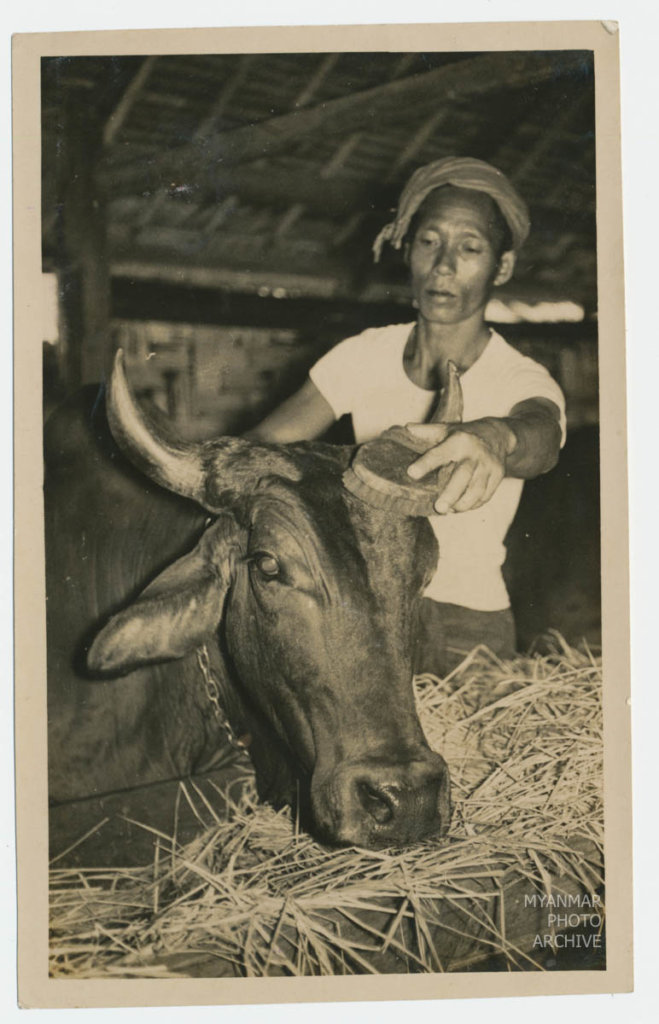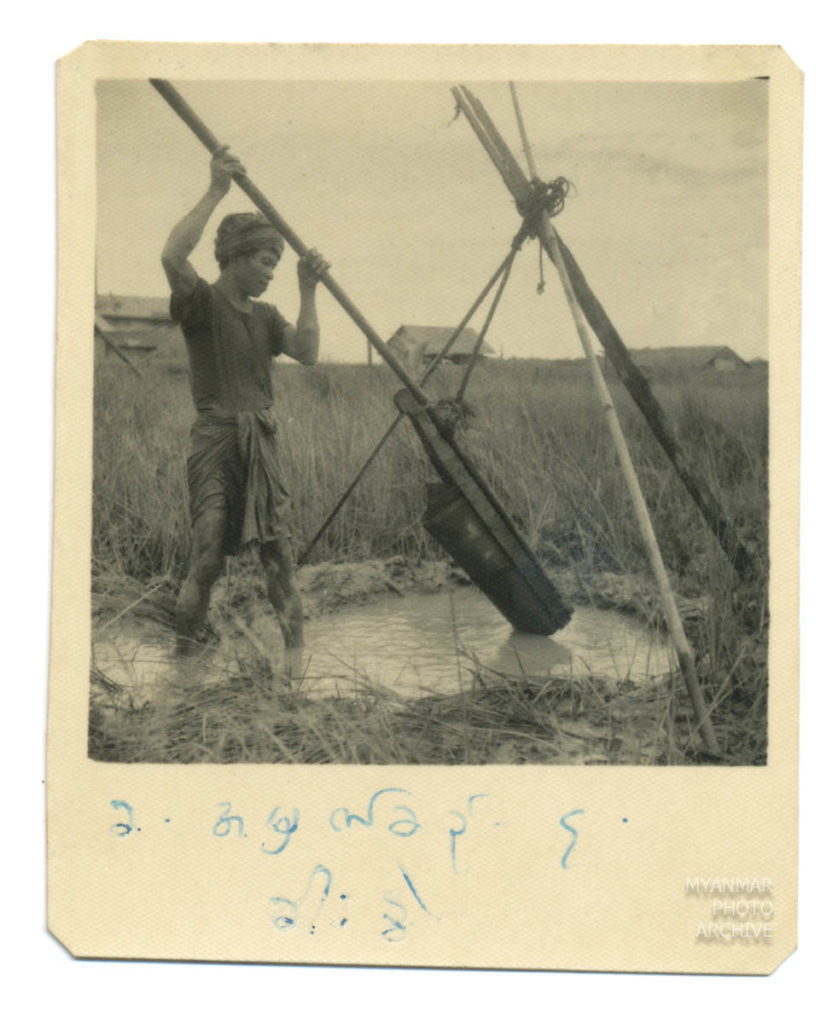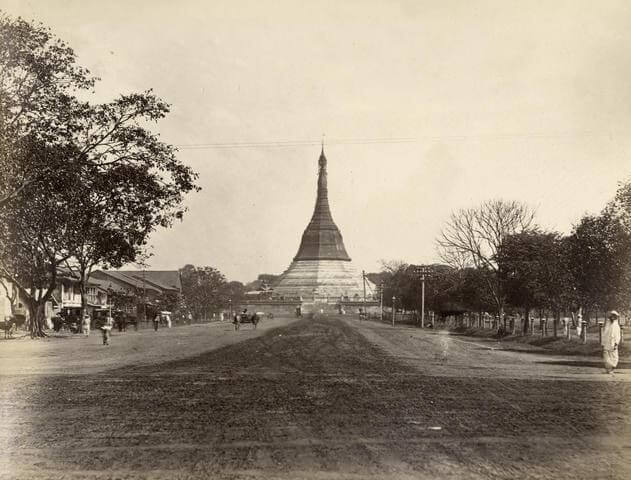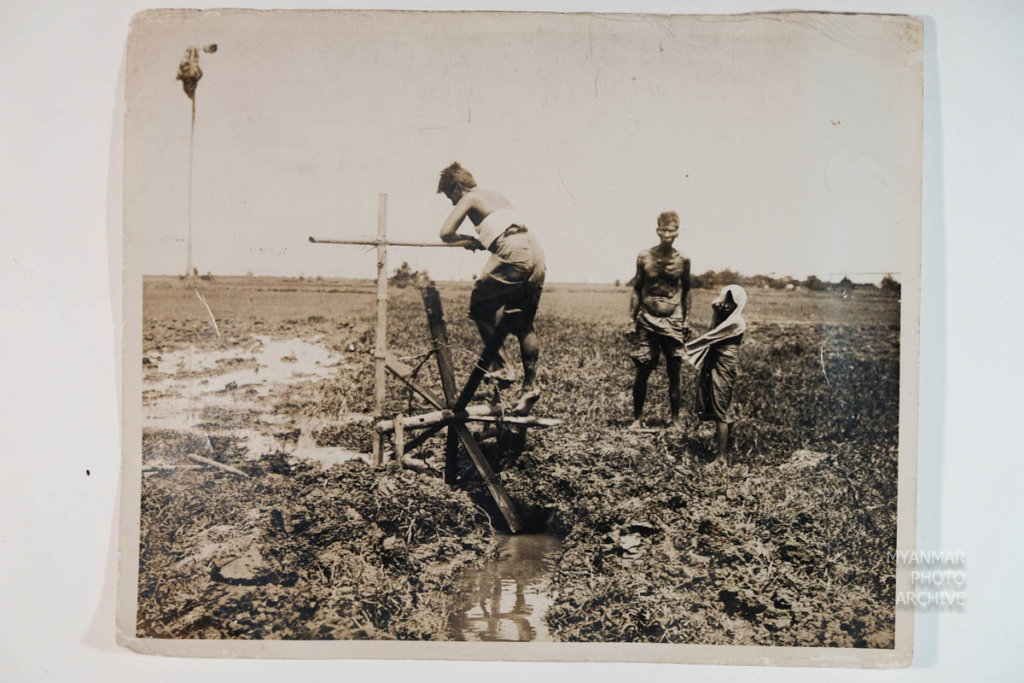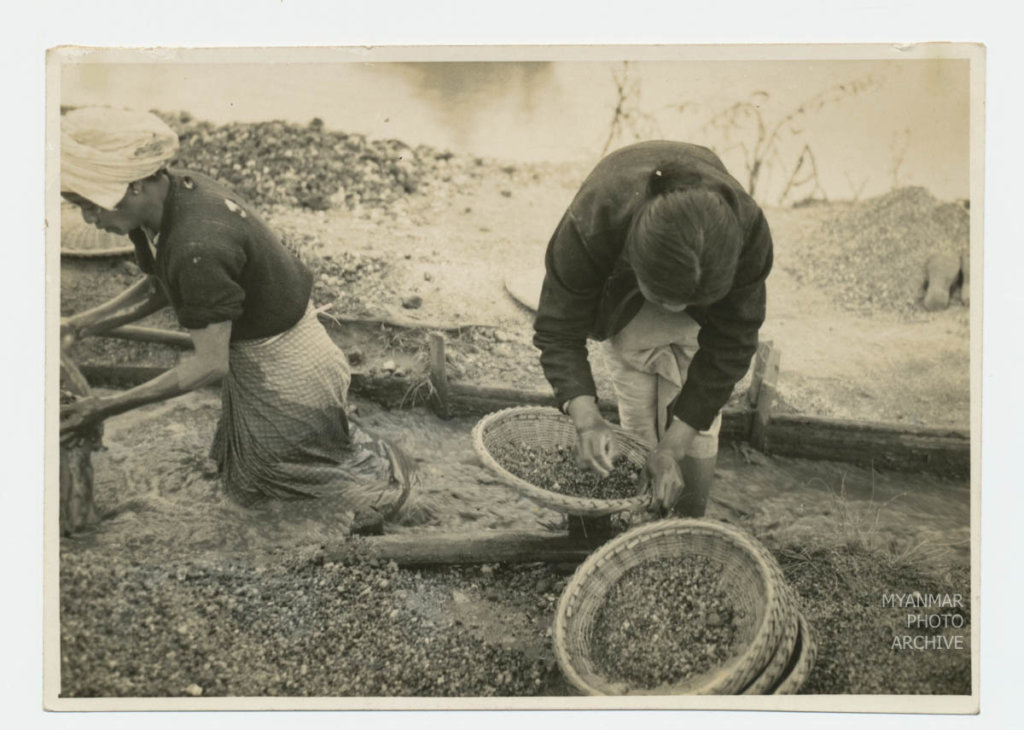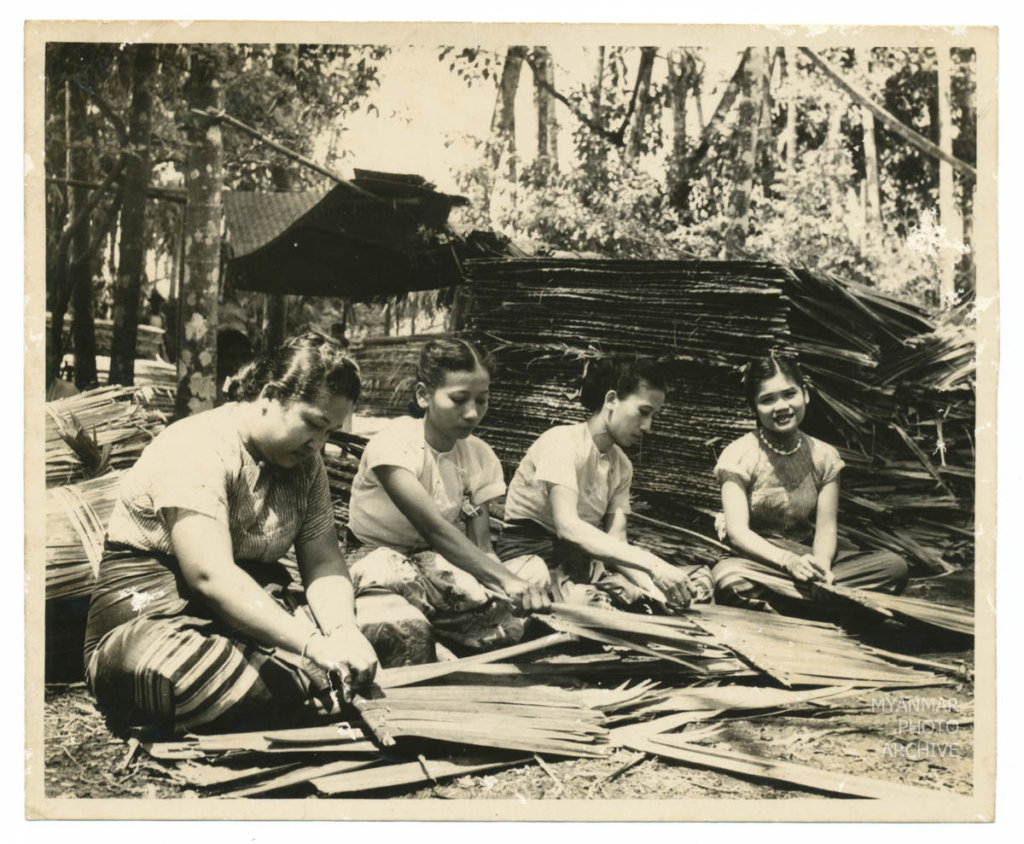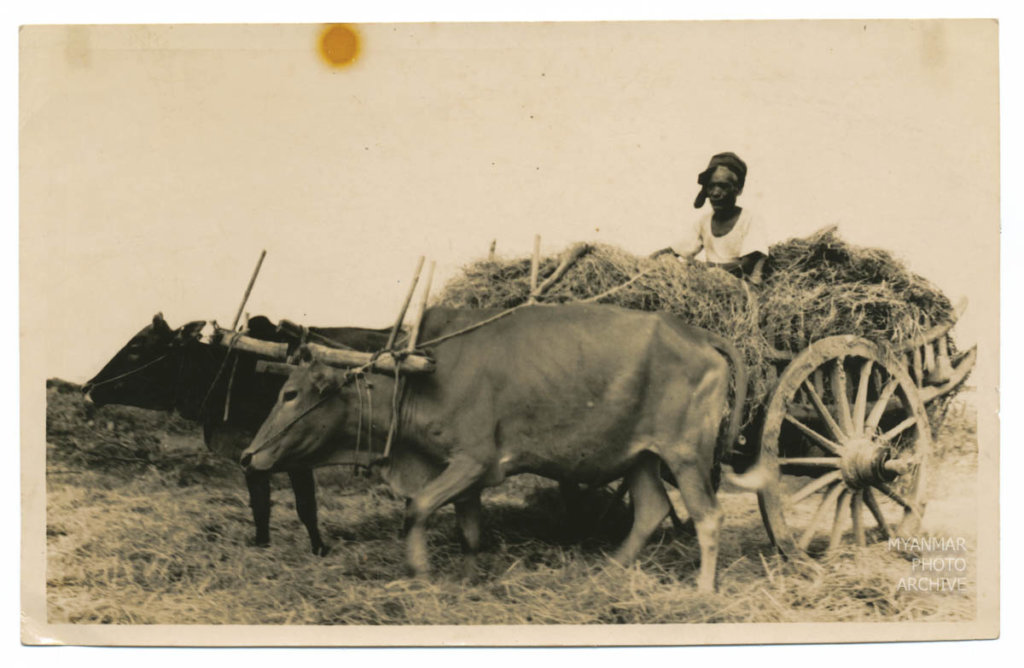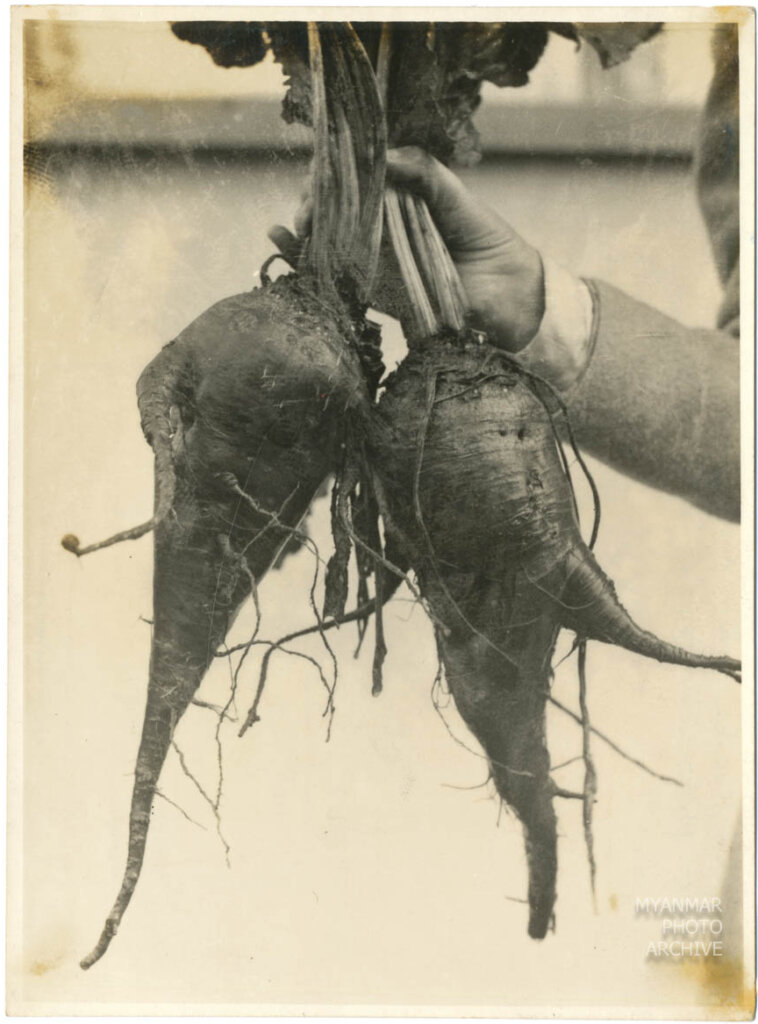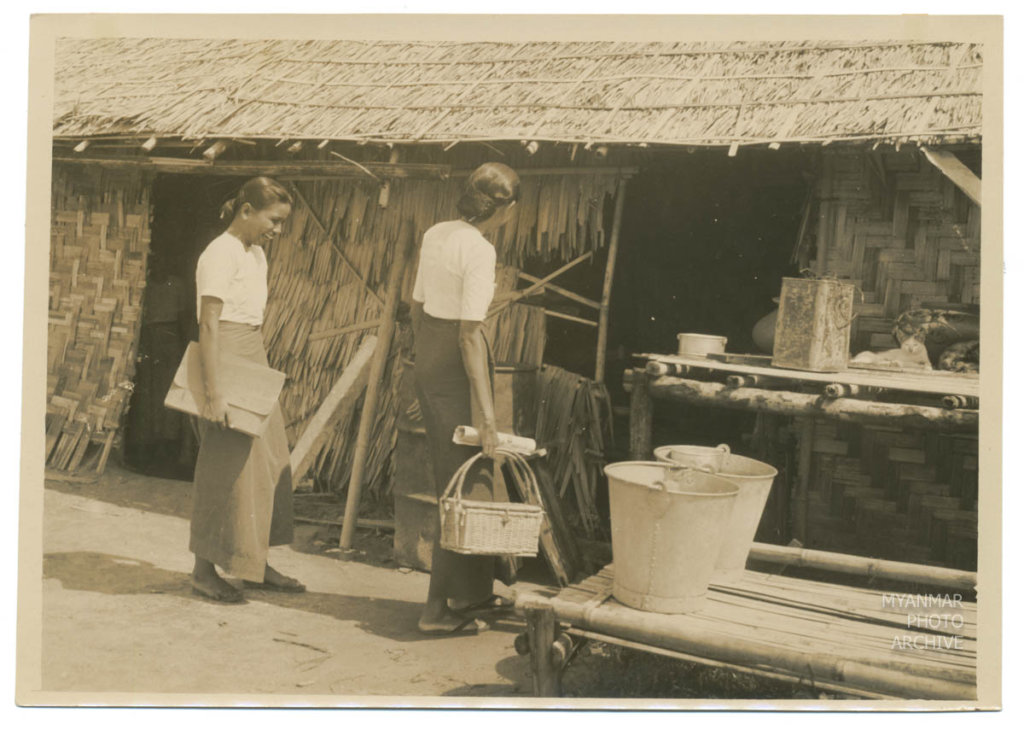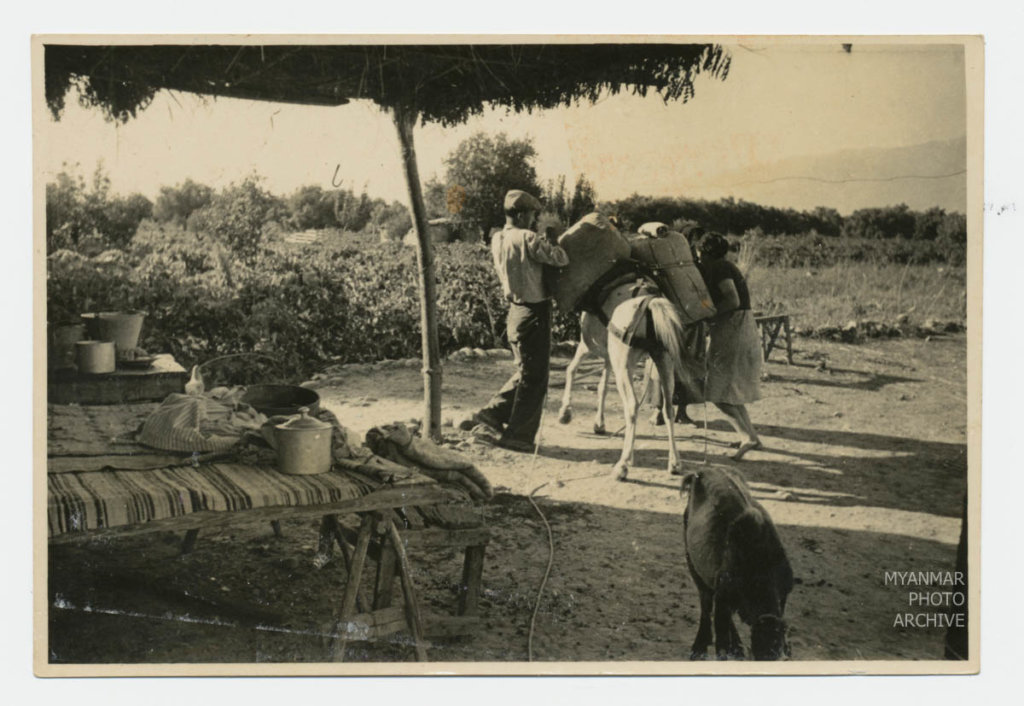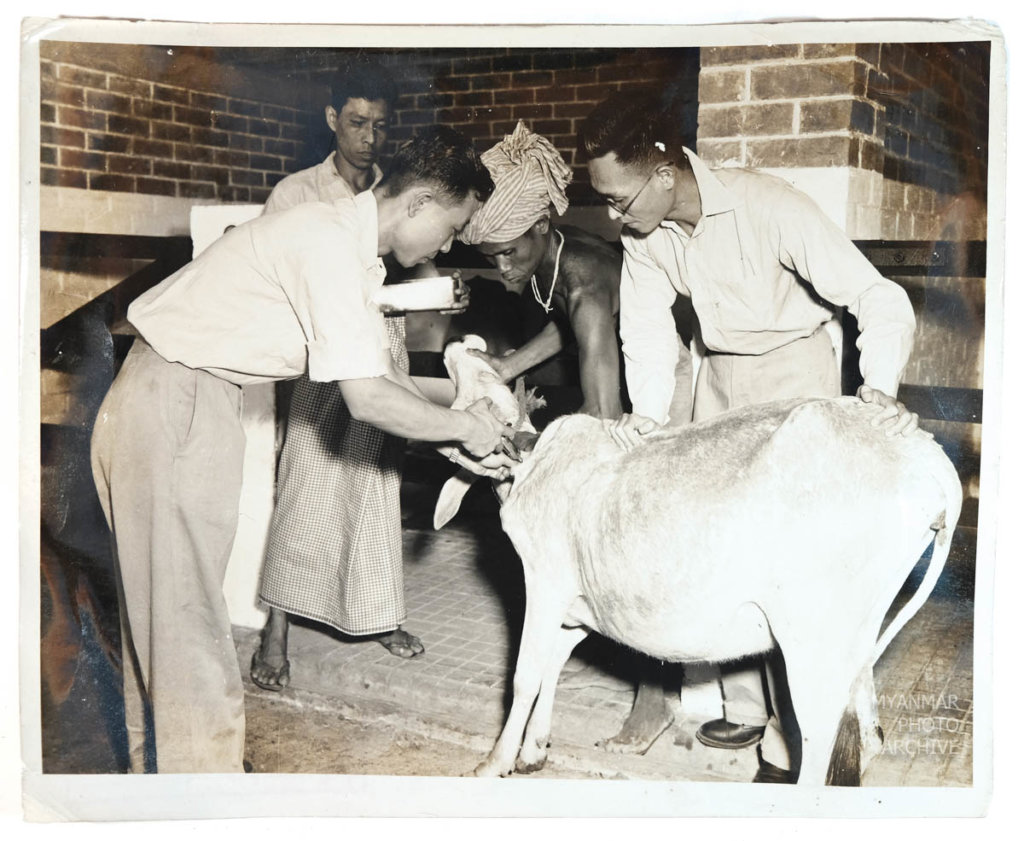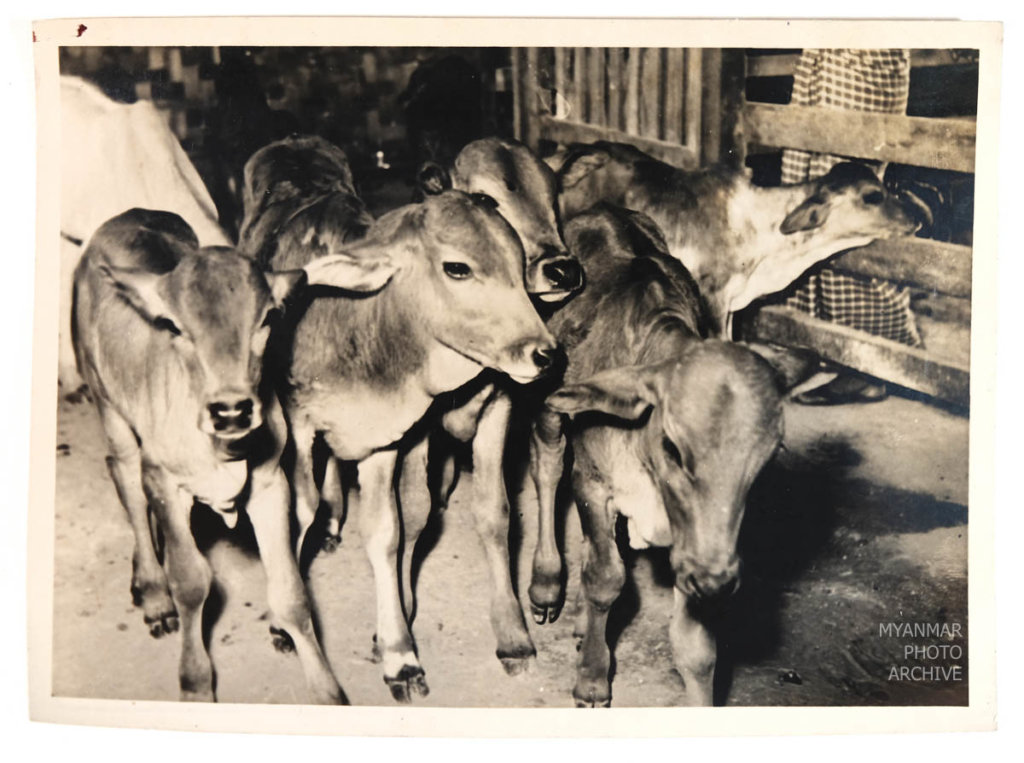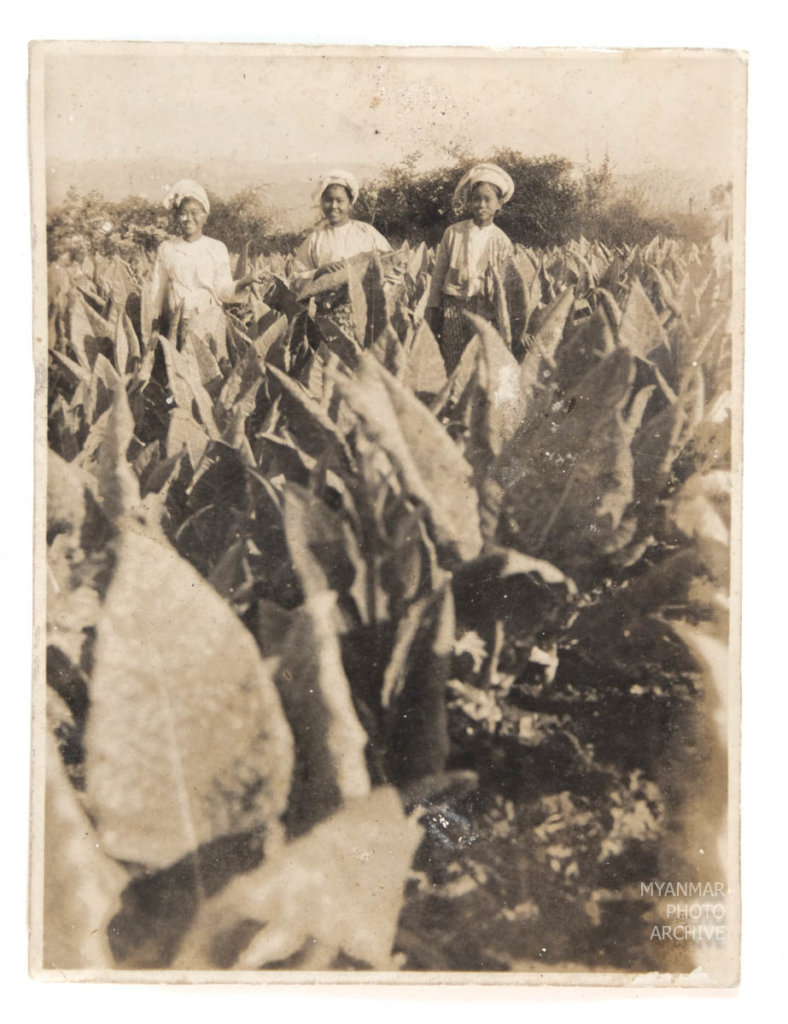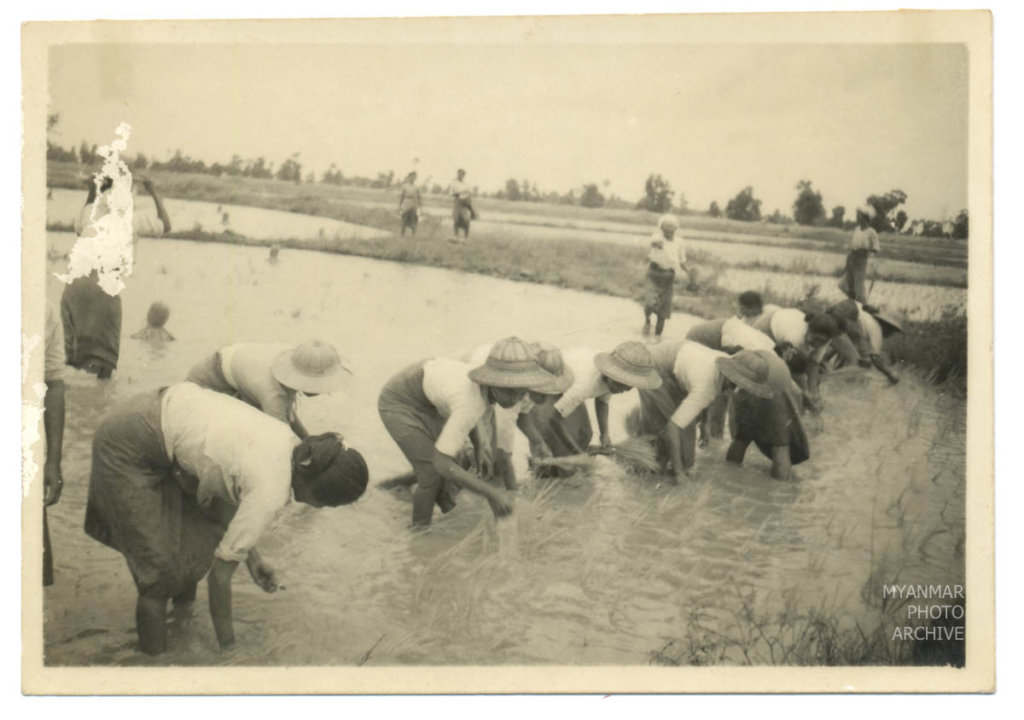Agriculture
By Jonathan Lim
Picture a rainy day in Myanmar during the Monsoon period. The youth have a break from school for a week. It’s going to be raining 24/7, and the smell of damp soil is everywhere.
For the farmers in the Ayeyarwady region, however, it’s a different story. This is when they start planting rice into the fertile soils of the river delta, and their work has only just begun.
Farmers wake up early in the morning.
It’s been a few weeks since they first sowed the seeds, which means that the rice plants will have grown enough for them to be pulled out and moved into a different plot of land.
This process, as shown in the image, is called transplanting. They’re tied into bundles for convenience. Transplanting is important as it allows for higher yields with lesser irrigation and weeding, and helps with the overall efficiency of the farm.
If you go to any art exhibition in Myanmar, you’ll probably find a piece about a farmer working diligently on his crops.
The agricultural sector is integral to our economy, and seeing a significant amount of the texts within Burmese school textbooks relate to farming, there is no denying that agriculture is a huge part of our culture.
We’re taught in school the role agriculture played in the growth of civilization. We don’t know much about its beginnings in Myanmar, but recent findings have provided new insight into this.
The general idea is that a little over 4000 years ago, farmers from then-Southern China migrated south and assimilated into the local population, bringing with them crops and farming practices.
What’s interesting to note is that the Myanmar people are found to be of a different DNA than those of Cambodia, Thailand, and Vietnam, which seems to suggest our ancestors emigrated from Southwestern China as opposed to the Southeast.
Another thing we see in media from time to time is recognition for agricultural workers. This is great, but the appreciation doesn’t seem to extend much further.
The World Bank states that, in Ayeyarwady, “farmers spend more than 100 days per hectare on monsoon rice paddy compared to 52 days in Cambodia, 22 days in Vietnam, and 11 days in Thailand.” The work that goes into producing crops is extremely labor intensive, at the contrast of having extremely low wages by international standards – daily wages for farm workers are roughly 2 USD.
Agricultural productivity and output are the lowest among Asia. One day of work generates “only 23 kg of paddy in Myanmar, compared to 62 kg in Cambodia, 429 kg in Vietnam, and 547 kg in Thailand.” According to the World Bank.
The irony of our nationwide predicament lies in its own potential.
Myanmar has one of the highest land areas among Southeast Asia and one of the most favorable conditions for growing a variety of crops, fruits, and vegetables, but the country has a predominant focus on rice in favor of more efficient, profitable options.
There’s lack of irrigation coverage and useful infrastructure, in addition to lack of efforts that aid education for farmers to employ better methods.
As of writing this, we still have some way to go before our agricultural sector begins to meet international standard, but recent efforts are causing gradual improvement in all its different aspects. The future is, fortunately, optimistic.
Citations:
https://frontiermyanmar.net/en/myanmar-agriculture-101
https://www.nationsencyclopedia.com/economies/Asia-and-the-Pacific/Burma-Myanmar-AGRICULTURE.html
http://www.knowledgebank.irri.org/training/fact-sheets/crop-establishment/manual-transplanting
Jonathan is a freelance graphic designer who specializes in logos and brand identity, and a freelance writer currently working with Myanmar Photo Archive. His greatest achievement to date is being able to sit through five long, boring Transformers movies and still manage to be entertained.
